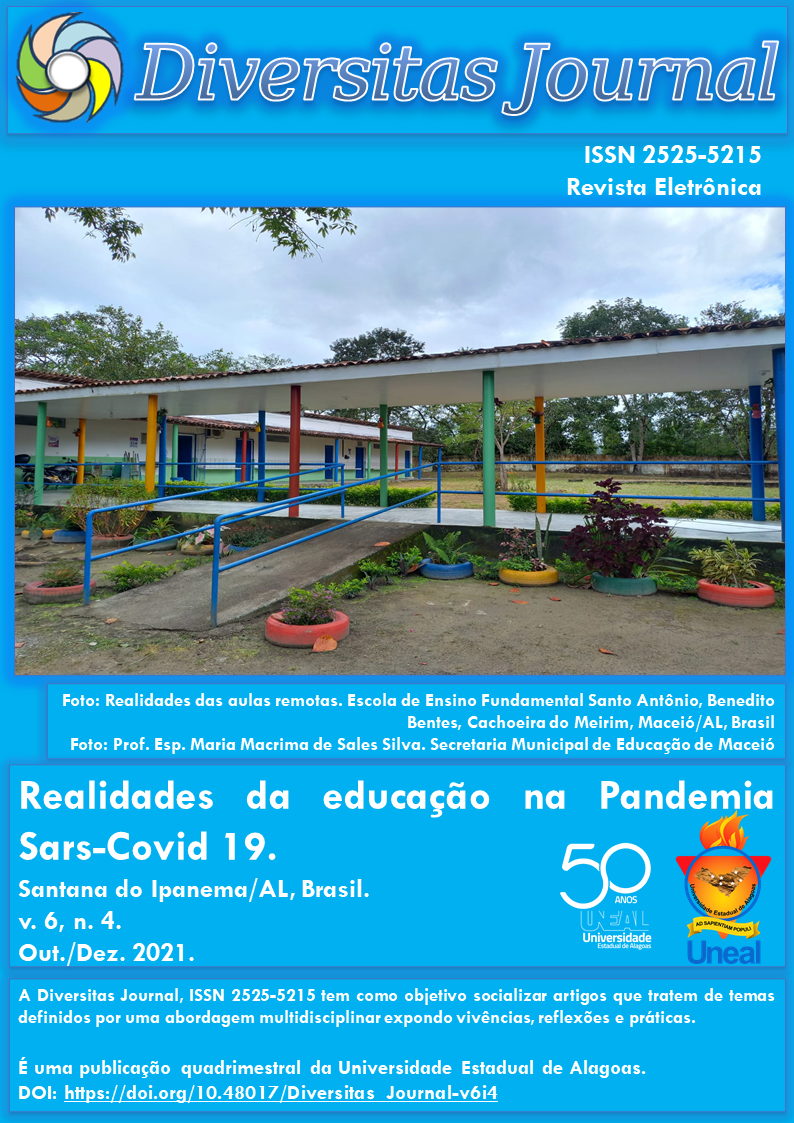Vol. 6 No. 4 (2021): Education realities in the Sars-Covid19 Pandemic

REALITIES OF EDUCATION IN THE SARS-COVID-19 PANDEMIC
Since the 1990s, the education sector has been undergoing profound changes, following the transformations that occurred in the productive structure, with different patterns of sectoral modernization. The accelerated restructuring of the capitalist production system has accentuated the gap between the top and bottom of the social pyramid, as access or access barriers to equipment and data transmission networks have defined a new pattern of social exclusion.
Covid-19 accelerated the transition process from in-person activities to teleworking, ignoring the structural barriers to accessing equipment and digital platforms, in addition to the learning time required to use new tools. In education, the qualitative results of training at all stages of teaching are questionable. Furthermore, new digital barriers ensure a competitive advantage for residents of urban areas, with higher incomes and higher levels of education, deepening social exclusion.
It is not yet possible to accurately assess all the effects of this forced acceleration, nor does this collection exhaust the debate, although it makes an excellent contribution to the understanding of the phenomenon, problematizing the process in light of the social, cultural, political and economic dimensions. Is it possible to measure the quality of teaching compared to the pre-pandemic phase? From the perspective of education professionals, is it possible to measure the intensification of work, the real length of the journey, the degree of home invasion and the effects on the physical and mental health of those involved? What is the reach of remote classes, in different regions of the country? We invite you to embark on this reflective journey. Good reading.
Luciana Caetano da Silva[1]
[1] Professor at FEAC/UFAL and lead researcher at GDIMT - Dimensions and Dynamics of the World of Work Research Group.













